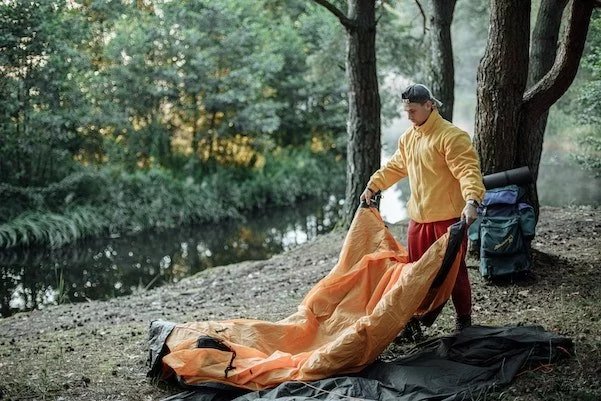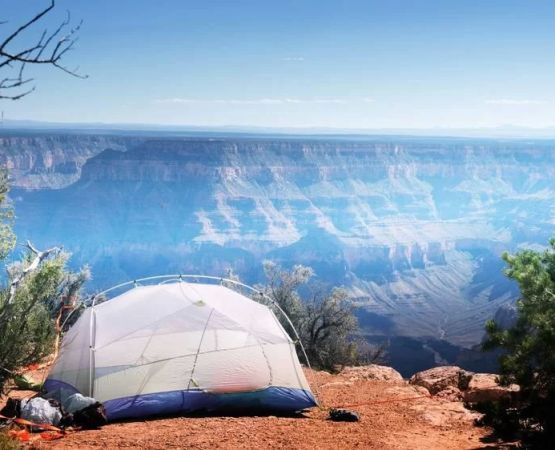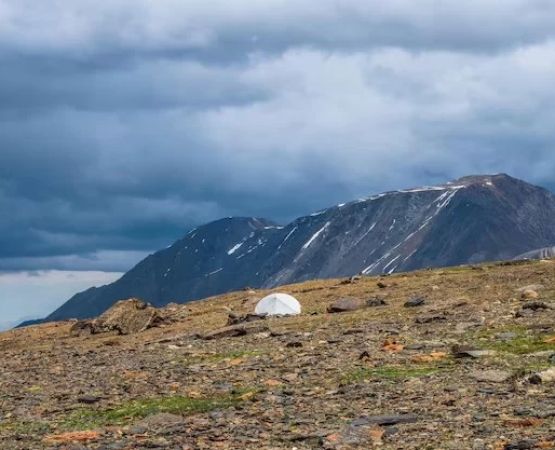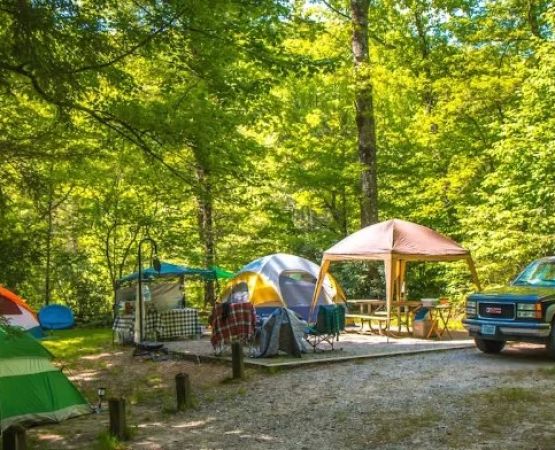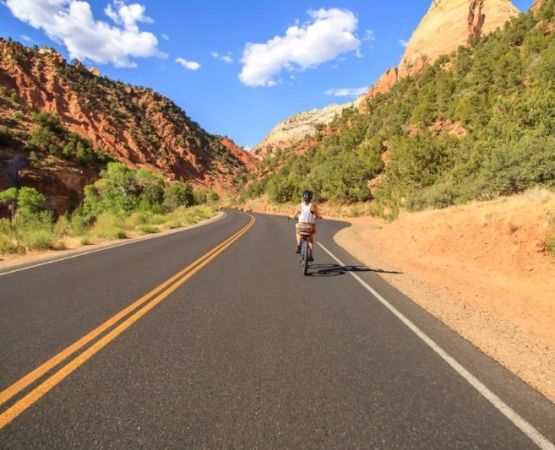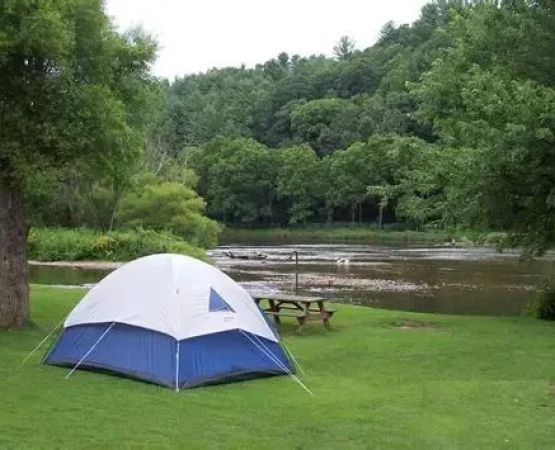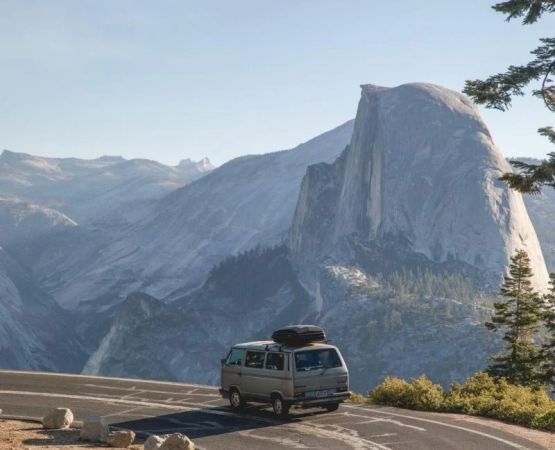- Why Plan a Solo Camping Trip?
- Choosing the Right Destination for Solo Camping
- Key Gear and Supplies for Your Solo Camping Trip
- Safety Tips for Solo Camping
- Embracing the Experience of Solo Camping
- Why Pine Cliff Resort Is Your Perfect Camping Partner
1. Why Plan a Solo Camping Trip?
Solo camping is an incredible opportunity to reconnect with nature, challenge yourself, and gain a sense of self-reliance. Whether you're looking to escape the hustle and bustle of daily life or simply seeking some time to reflect and recharge, planning a solo camping trip offers numerous benefits. It’s a chance to step outside your comfort zone and immerse yourself in the great outdoors, experiencing the peace and serenity that nature provides without distractions.
However, planning a solo camping trip with confidence requires careful preparation. From choosing the right location to packing the necessary gear, there are several factors to consider in order to ensure a successful and safe adventure. Let’s explore how to plan your solo camping trip so you can confidently embark on this enriching experience.
2. Choosing the Right Destination for Solo Camping
One of the most important steps in planning a solo camping trip is selecting the right destination. Your choice of location will set the tone for your entire experience. It’s important to pick a place that matches your experience level, offers opportunities for solitude, and suits your desired camping style.
2.1. Consider Your Experience Level
If you’re new to solo camping, it’s best to start with a destination that’s relatively easy to access and safe for beginners. Look for established campgrounds or national parks with marked trails, clear maps, and cell service. Avoid places that require advanced navigation skills or are too remote for your current comfort level. Starting with an easier trip helps you build confidence and skills for future, more challenging adventures.
2.2. Check the Environment and Weather
Weather conditions can significantly impact your camping experience. Make sure you research the climate of your chosen destination, especially if you’re camping in an area with extreme weather. Spring and fall tend to offer mild temperatures, but camping in the winter or during the summer heat can be more challenging. Also, consider terrain—are there lakes, forests, or mountainous areas nearby? Choose an environment that matches your preferences for activities like hiking, fishing, or simply relaxing by the campfire.
2.3. Research Accessibility and Safety
When camping solo, accessibility and safety are key factors to consider. Select a destination that is easy to access by car and offers clear signage. Avoid remote, difficult-to-reach areas until you’re more experienced. Additionally, be sure to check the regulations of the park or campsite, including rules about solo campers, wildlife in the area, and campfire restrictions.
3. Key Gear and Supplies for Your Solo Camping Trip
The gear you bring on your solo camping trip can make or break your experience. Packing the right equipment ensures your safety, comfort, and overall enjoyment of the trip. Here’s a breakdown of key items you’ll need for a successful solo camping adventure:
3.1. Tent and Shelter
Your tent is your home for the duration of the trip, so it’s essential to choose one that is easy to set up and durable enough to withstand the elements. Look for lightweight, weather-resistant tents that are easy to carry and provide adequate protection from rain, wind, and cold. Consider a two-person tent for extra space or a solo tent for ease of setup.
3.2. Sleeping Bag and Sleeping Pad
For a comfortable night’s sleep, invest in a sleeping bag appropriate for the season and temperature. Sleeping bags come in a range of designs, from lightweight ones for summer camping to insulated models for colder climates. Pair your sleeping bag with a sleeping pad for added comfort and insulation from the ground.
3.3. Cooking Equipment
When camping solo, you’ll need a compact stove or campfire setup for cooking. A small portable stove with fuel canisters is an excellent choice for easy meal prep. Don’t forget lightweight cookware, utensils, and enough food to last the duration of your trip. Freeze-dried meals are convenient and space-saving, or you can pack simple cooking ingredients for a more traditional camping experience.
3.4. Clothing and Footwear
Proper clothing is crucial when camping solo, as weather conditions can change rapidly. Pack moisture-wicking clothes, layers for warmth, and waterproof gear for rain. Comfortable, durable hiking boots are a must for long walks or hikes, and don’t forget a hat and gloves for colder weather.
3.5. Navigation Tools and Safety Equipment
When camping solo, navigation tools are essential for safety. Carry a map, compass, or GPS device to help you find your way around. In addition, pack a first-aid kit, a flashlight with extra batteries, a multi-tool, and a whistle in case of emergency. A power bank for charging your phone or other electronics is also a good idea if you plan on using them during your trip.
4. Safety Tips for Solo Camping
While solo camping can be a rewarding experience, safety should always be your top priority. Here are a few important tips to ensure you stay safe during your adventure:
4.1. Tell Someone Your Plans
Before you leave, make sure a friend or family member knows your camping location, itinerary, and expected return time. Check-in with them at regular intervals if possible. If you’re going to a remote location, consider using a satellite phone or other communication device to stay in touch.
4.2. Stay Aware of Wildlife
Always be aware of your surroundings and take precautions against wildlife. Research the types of animals that live in the area and carry bear spray or other deterrents if necessary. Store your food securely in bear-proof containers and keep your campsite clean to avoid attracting wildlife.
4.3. Know How to Build a Fire
Building a fire is not only essential for warmth but can also serve as a signal for help in an emergency. Practice building a fire before your trip, and bring fire-starting materials like matches, a lighter, and dry kindling. Always keep your fire manageable and never leave it unattended.
5. Embracing the Experience of Solo Camping
Solo camping is about more than just getting away from it all—it’s a chance to challenge yourself, enjoy the quiet of nature, and connect with your surroundings in a profound way. It’s a time for self-reflection, personal growth, and the peace that comes with being in the great outdoors on your own terms.
Throughout your solo camping trip, take the time to embrace the experience fully. Watch the sunset, listen to the sounds of nature, and engage in mindful moments of reflection. Solo camping offers a unique sense of freedom and adventure, and every successful trip will leave you with newfound confidence and a deeper connection to nature.
6. Why Pine Cliff Resort Is Your Perfect Camping Partner
If you’re looking for a convenient base camp for your solo camping trip, Pine Cliff Resort offers the perfect mix of accessibility, comfort, and natural beauty. Located near some of the most stunning outdoor destinations, Pine Cliff Resort provides a range of camping options, from tent sites to fully equipped cabins. Whether you're a first-time solo camper or an experienced adventurer, Pine Cliff Resort is your perfect starting point for a successful camping trip.
Visit Pine Cliff Resort to explore our amenities, find the best camping gear, and get expert advice on your next solo camping adventure.

